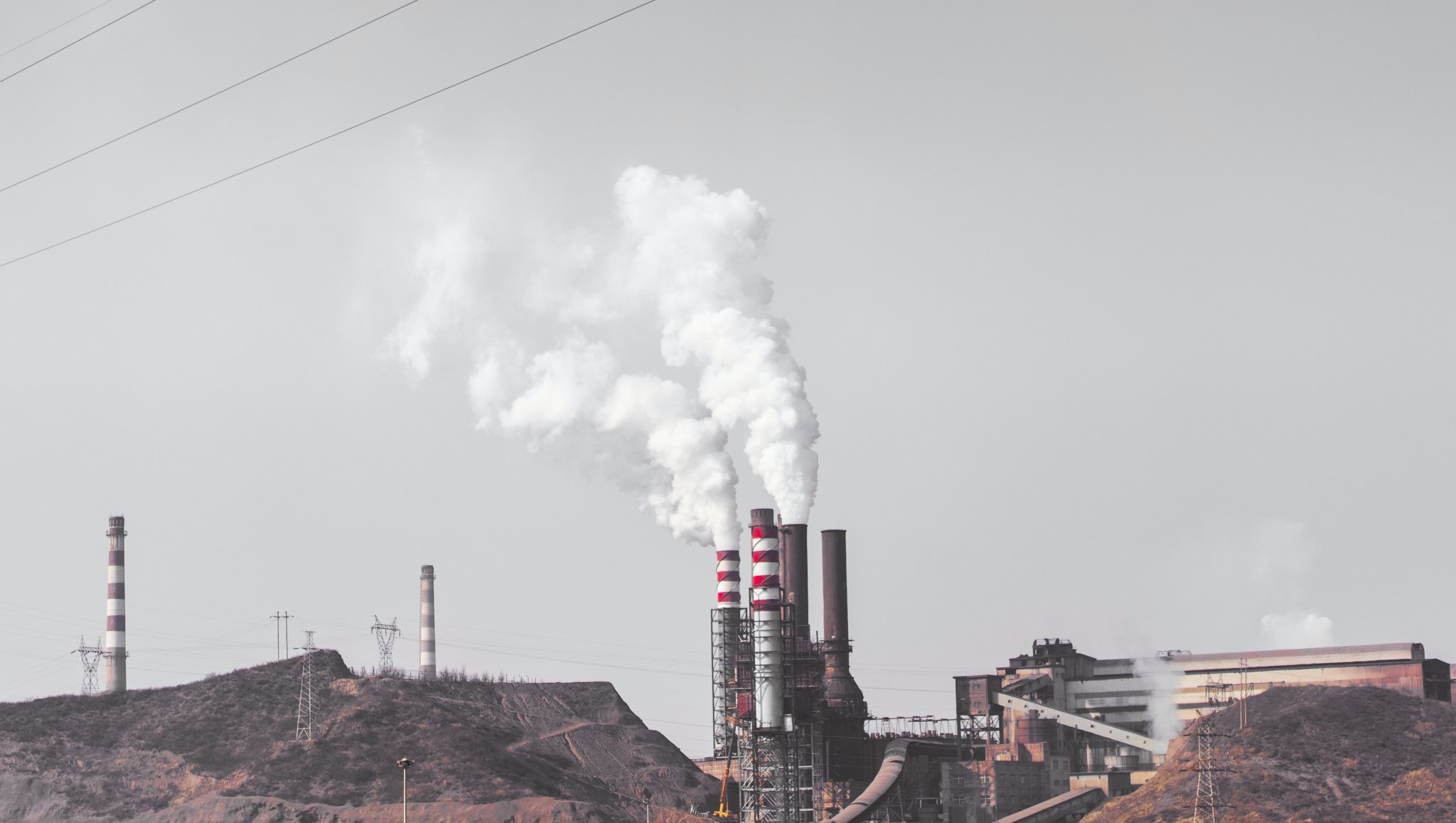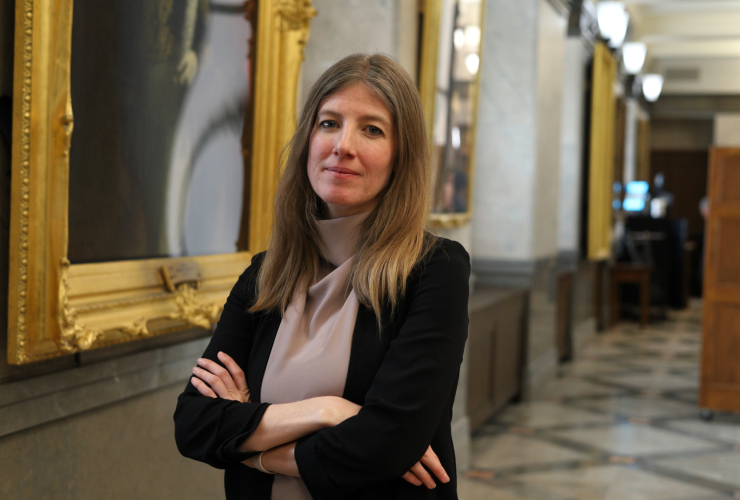Support journalism that lights the way through the climate crisis
The Alberta government struck a deal with Shell that allowed the oilsands company to sell $203 million worth of credits for greenhouse gas emission reductions that never happened, a new Greenpeace Canada report reveals.
Alberta originally offered to pick up the tab for 60 per cent of capital and operating costs for Shell’s proposed Quest carbon capture project near Edmonton. That wasn’t enough for Shell. During negotiations in 2008, Shell lobbied the provincial government to give it extra carbon credits to sell to other companies. Shell asked the province for a deal where every tonne of CO2 captured by the Quest project would be counted as three tonnes worth of credits.
The province ended up giving Shell a two-for-one deal, so the company sold credits for two tonnes of CO2 for every one tonne it actually captured. Alberta’s emissions credit database labels these “additional” credits. Greenpeace calls them “phantom” credits because they don't correspond to any CO2 capture, explained Keith Stewart, a senior energy strategist with Greenpeace Canada, in a phone interview with Canada’s National Observer.
Combining the value of these “phantom” credits plus $777 million in direct subsidies from the provincial and federal governments to date suggests taxpayers covered 93 per cent of the project’s costs, according to Greenpeace’s analysis.
Shell did not respond directly to a question from Canada’s National Observer about the emissions credits deal. A Shell spokesperson said carbon capture and storage and market incentives to encourage investment in the technology are key to achieving global climate goals and reiterated that Quest has captured nine million tonnes of CO2 to date. Alberta did not respond to requests for comment by deadline.

The report draws on documents Greenpeace Canada obtained through freedom-of-information requests, Alberta’s public emissions credit database and Shell reports submitted to the provincial government.
Currently, a consortium of Canada’s six largest oilsands companies called the Pathways Alliance is looking for a Quest-like deal “but at a much larger level,” said Stewart. Pathways Alliance has proposed a massive carbon capture and storage network estimated to cost $16.5 billion but said it will need subsidies covering about two-thirds of the cost in order to be competitive with other jurisdictions.
“I think that the lesson we should take from this is, ‘Fool me once, shame on you. Fool me twice, shame on me,’” said Stewart.
“If these companies are serious about their commitments, they should be putting up their own money rather than putting their hands out to you and I for that money,” he added, noting companies are largely choosing to invest their record-breaking profits into expanding oil and gas production.
“Through the carbon capture investment tax credit, the federal government has committed to covering half of the capital costs of eligible carbon capture projects,” said federal Energy and Natural Resources Minister Jonathan Wilkinson in an emailed statement to Canada’s National Observer. “This is over four times the level of funding committed by the Government of Alberta.”
When it comes to financial support for controversial carbon capture technology, the federal government has more than done its part, according to Environment and Climate Change Minister Steven Guilbeault. Both ministers have made clear they expect oilsands companies to follow suit and put their money where their mouth is.
The federal government’s annual greenhouse gas emission inventory shows that since 2005, crude bitumen and synthetic crude oil production from the oilsands has grown 240 per cent, representing a 46 Mt increase over that period.
This National Inventory Report takes stock of the amount of greenhouse gas emissions that carbon capture projects have avoided and found the vast majority of captured CO2 was pumped into old, depleted wells to force more oil production. As of January 2022, 6.6 times more captured CO2 had been used for enhanced oil recovery compared to the amount put in long-term storage underground.
While carbon capture technology will be essential in some sectors and circumstances, it cannot be used to “retain the status quo” in the oil and gas sector, according to the International Energy Agency’s November 2023 report.
This support includes the CCUS Investment Tax Credit and offering carbon contracts for difference being offered through the Canada Growth Fund. The Pathways Alliance is currently in talks about carbon contracts for difference. Wilkinson also wants to see the group get “shovels in the ground” for its flagship CCUS project, and for example, making good on its commitment by ordering piping for the project. The Pathways Alliance said its member companies have already spent $80 million on preliminary engineering, design and environmental work for the $16.5-billion CCUS project.
With the “ongoing tug of war over what's happening with carbon pricing in this country,” Greenpeace wanted to expose Quest’s “phantom” credits in the hopes loopholes like this can be avoided in the future, said Stewart.
Carbon pricing, particularly for industrial emitters, is “a very effective tool” to address climate change, but the $203-million loophole given to Shell undermines its effect, said Stewart.
Wilkinson said updates to the national carbon price benchmark in 2021 “put an end to processes that could have rewarded industry for emissions reductions that are not real.” A key complementary policy is federal regulations to cap oil and gas sector emissions. The draft regulations are expected this fall.
Last Wednesday, Capital Power announced it is shelving its planned $2.4-billion carbon capture project at the Genesee power plant near Edmonton due to uncertainty over the economics — for example, how much Capital Power could earn from its generated carbon credits. In Saskatchewan, carbon capture technology outfitted on a turbine at the Boundary Dam coal power plant is capturing just 57 per cent of the carbon dioxide, according to a recent analysis by the Institute for Energy Economics and Financial Analysis.
Canada’s oil and gas industry has spent many millions of dollars advertising and promoting the fantasy that carbon capture will allow the world to sustain fossil fuel production and use, said Stewart.
“We looked at Quest because it's often pointed to as a success story and … once you look under the hood, this is a bit of a lemon when it comes to climate solutions. We could do much better investing in alternatives to fossil fuels,” he said.
— With files from The Canadian Press
One gets tiring that our
One gets tiring that our Federal and Provincial governments keep buying into the greenwashing carbon capture nonsense. Carbon Capture is nothing but smoke and mirrors by the oil and gas industry and has shown it falls short of the extraordinary claims by the industry. This is a stall tactic to avoid doing their part to reduce emissions and to continue to get subsidies for something they know will never work. If they believe in carbon capture that much, let them take their record profits and pay for it themselves than suck off the taxpayer's tit.






Comments